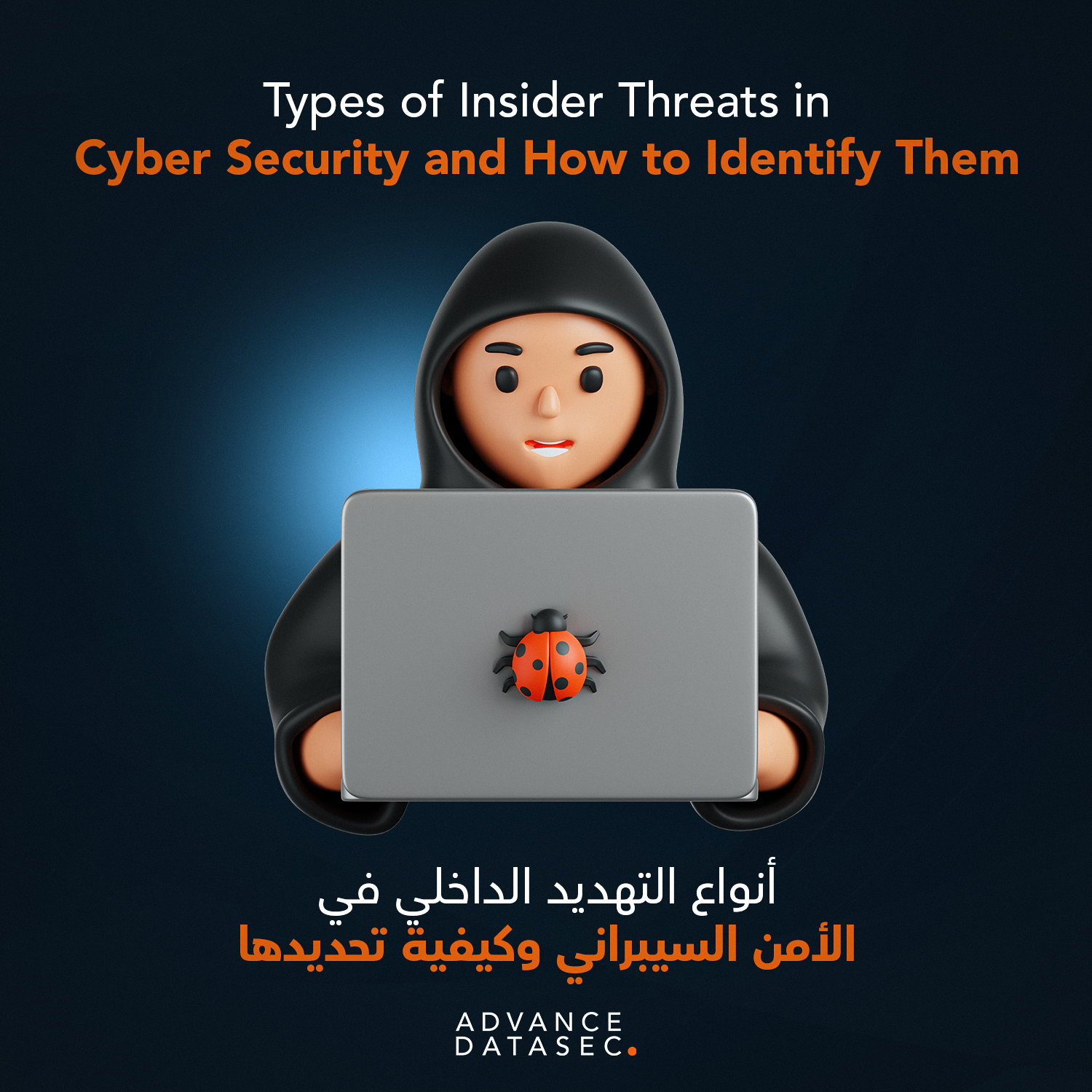Introduction: The Dawn of Automated Conflict
Artificial Intelligence (AI) has rapidly transformed business operations, productivity, and innovation across every sector. Yet, for every defensive advantage AI offers to security teams, it provides an equally potent tool for malicious actors. We’re entering an era where human hackers no longer need to write every line of malicious code or manually execute every attack. Instead, AI serves as the ultimate force multiplier, accelerating the scale, speed, and sophistication of cyber warfare.
The proliferation of advanced algorithms means that understanding the risks posed by AI threats in cybersecurity is no longer a theoretical exercise—it’s an immediate and critical business imperative. This article explores how AI is reshaping the threat landscape, detailing the specific automated dangers organizations face, and outlining the proactive, intelligence-driven defensive strategies necessary to stay ahead in this automated arms race. Dissecting the types of AI threats in cybersecurity is the first step toward effective mitigation.
AI: A Double-Edged Sword in Cyber Security
To fully grasp the magnitude of the threat, it’s essential to recognize AI’s dual role. While much attention is rightly paid to AI-driven defenses, the offensive capabilities are evolving even faster, often outside of public view.
AI’s Dual Role in Cybersecurity:
- On the Defensive Side: AI powers rapid anomaly detection, identifying zero-day exploits through behavioral patterns. It enables automated response, instantly isolating compromised endpoints. It also enhances threat intelligence aggregation by analyzing global data to predict attack vectors.
- On the Offensive Side: Attackers leverage AI for automated vulnerability discovery, quickly mapping and exploiting system weaknesses. They use it for polymorphic malware generation, creating code that constantly mutates to evade signature-based defenses. Furthermore, AI fuels sophisticated phishing and deepfakes for advanced social engineering.
The key takeaway is that relying solely on conventional, signature-based security is a guarantee of failure when facing an adversary armed with intelligent automation.
How AI Amplifies Cyber Threats
The most significant impact of AI threats in cybersecurity is the unprecedented level of automation and personalization they bring to the attack lifecycle. Here are the most critical ways AI is currently being weaponized:
1. AI-Powered Polymorphic Malware and Evasion
Traditional malware relies on fixed “signatures” that security systems can blacklist. AI, particularly generative models, can create entirely new strains of malware that are polymorphic, meaning the code can constantly rewrite itself while maintaining its malicious function. Each instance of the malware looks unique, making it invisible to legacy anti-virus tools. A single AI platform can launch millions of unique, targeted attacks simultaneously, overwhelming human security teams.
2. Automated Reconnaissance and Precision Targeting
In the past, hackers spent weeks or months manually gathering intelligence on a target’s network. AI drastically shrinks this timeline. AI can rapidly ingest vast amounts of public data (social media, corporate websites) and technical data (port scans) to build a highly accurate, exploitable map of an organization’s weak points through automated scanning. It then identifies the most efficient and least-monitored path into a system, known as optimal pathing, maximizing the probability of a successful breach.
3. Hyper-Realistic Social Engineering (Deepfakes)
Perhaps the most insidious application of AI is in deceiving the human element. Deepfake audio and video can be used to impersonate CEOs, CFOs, or high-level executives to authorize fraudulent transactions or compel employees to grant access. AI can mimic a CEO’s voice perfectly for CEO Fraud, directing the finance department to wire large sums of money. Moreover, Generative AI tools craft grammatically perfect, contextually relevant, and emotionally compelling phishing emails for Personalized Phishing (Spear Phishing) that are nearly impossible to distinguish from legitimate correspondence.
The Escalation of Evasion: Why Traditional Defenses Fail
The core challenge presented by AI threats in cybersecurity is that they are designed not just to attack, but to evade. They move at machine speed and learn from the network’s defensive responses.
- Model Evasion Attacks: Attackers use AI to probe defensive machine learning models (used in tools like EDR) to find the “blind spots.” They can then modify their exploit code just enough to slip past the defensive algorithm without triggering an alert.
- Living Off the Land (LotL) Attacks: Instead of introducing new, easily detectable files, AI-driven attacks leverage legitimate, existing tools within the operating system (e.g., PowerShell, native administration tools). This makes the malicious activity look like normal user or administrator behavior, creating a complex detection problem for traditional security tools.
To effectively combat these sophisticated, machine-speed adversaries, organizations must adopt an equally advanced security posture.
Countering AI Threats: A Proactive Defense Strategy
Mitigating the risk of AI threats in cybersecurity requires a commitment to proactive defense, leveraging the same advanced technologies used by the attackers, but with a defensive mindset. For organizations in Saudi Arabia, aligning these solutions with local compliance standards (like NCA ECC and SAMA CSF) is paramount.
A. Advanced Defensive Technology
Organizations must prioritize solutions that focus on behavior over known signatures:
- Endpoint Detection & Response (EDR) and Next-Generation Anti-Virus (NGAV): These solutions use AI and machine learning to establish a baseline of normal activity and automatically quarantine or neutralize any deviations, regardless of whether the specific threat code is known.
- Network Detection & Response (NDR): Continuously monitors network traffic for subtle, anomalous communications (like the low-and-slow data exfiltration indicative of an AI-driven attack) that perimeter tools miss.
- Security Information and Event Management (SIEM) with UEBA: A modern SIEM platform must integrate User and Entity Behavior Analytics (UEBA) to identify suspicious patterns across the entire network, such as an account attempting to access highly sensitive data after hours—a key sign of an automated attack that has compromised legitimate credentials.
B. Offensive Security Assessments
The best way to prepare for an AI-driven attack is to assume it’s already happening:
- AI-Driven Penetration Testing: Using AI tools to simulate automated attacks against your own systems helps uncover vulnerabilities that human testers might miss due to the sheer volume of possibilities an AI can probe.
- Continuous Vulnerability Management: Maintaining a rigorously small attack surface ensures that an AI-driven reconnaissance bot has fewer vectors to exploit.
Conclusion: Partnering for Cyber Resilience Against AI Threats
The age of simple, reactive cyber security is over. The escalating speed and sophistication of AI threats in cybersecurity dictate that every organization must now implement a proactive, machine-driven defense. This transition requires not just buying new software, but adopting an integrated security framework that couples cutting-edge technology with specialized human expertise.
Preparing for threats that learn, adapt, and operate at the speed of light demands more than internal IT capabilities. It requires a dedicated partner with deep expertise in advanced offensive and defensive security strategies, and a proven track record in integrating complex solutions like EDR, NDR, and PAM within challenging regulatory environments.
Are your current defenses ready to face an autonomous, AI-powered attack? Contact Advance Datasec today to fortify your organization with the next generation of AI-driven security solutions and consultation, ensuring your resilience against tomorrow’s automated threats.

For more articles:






